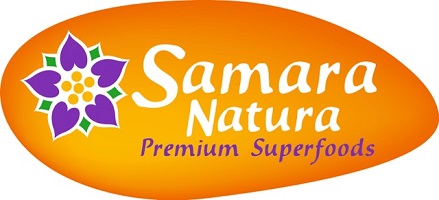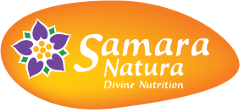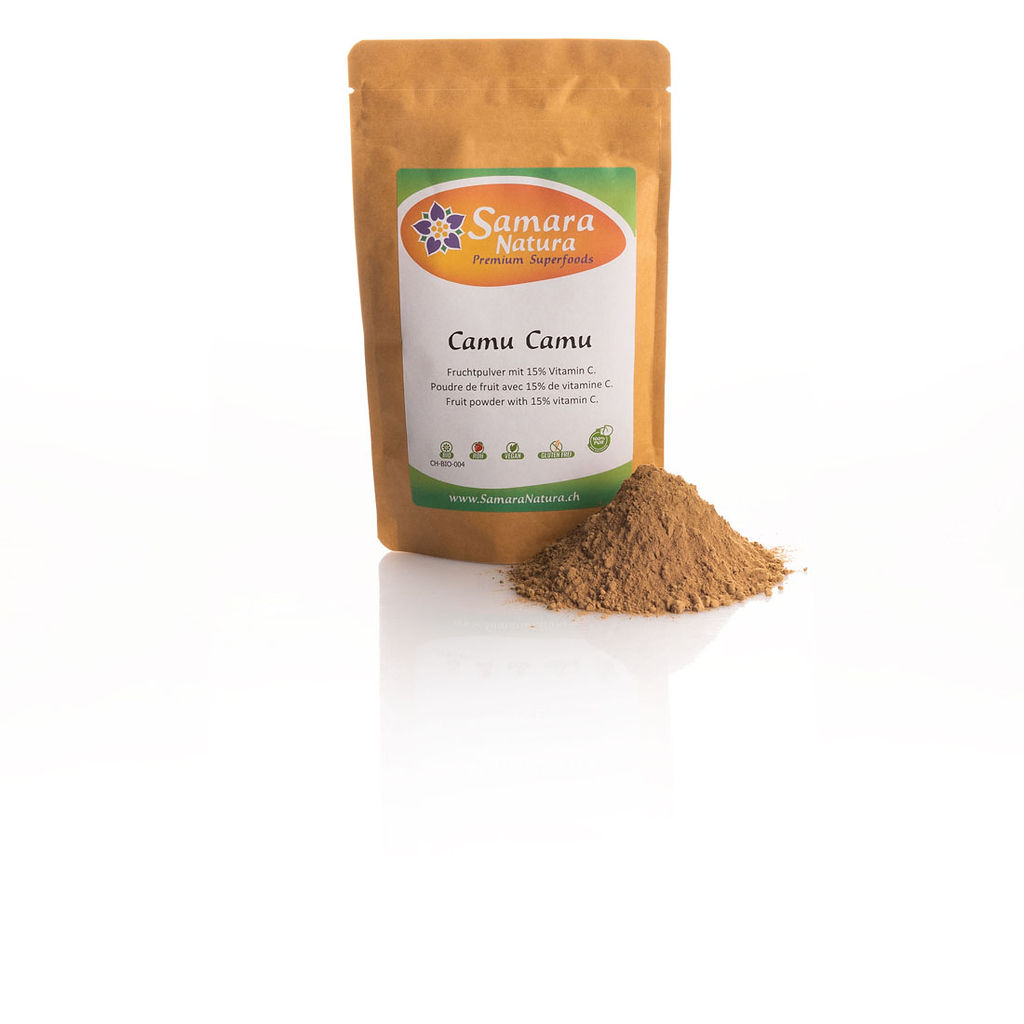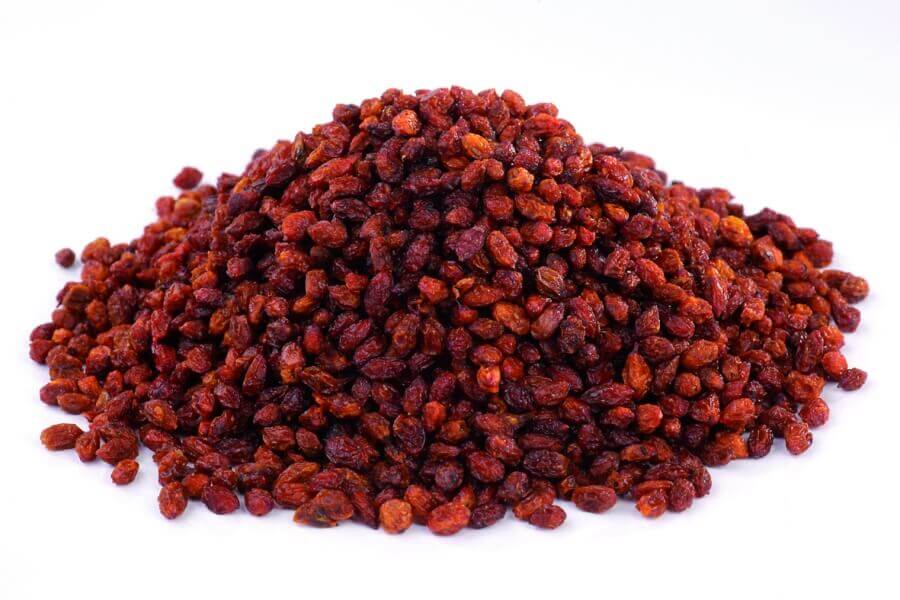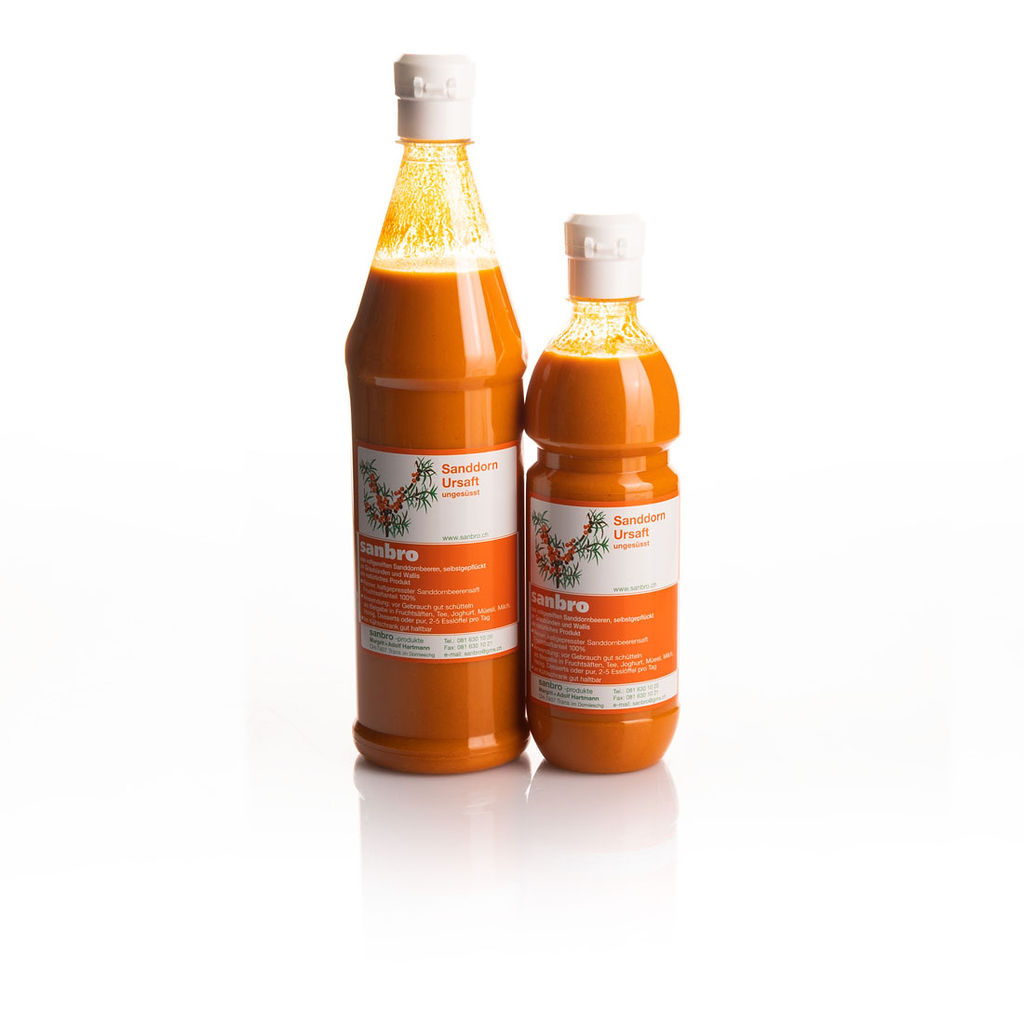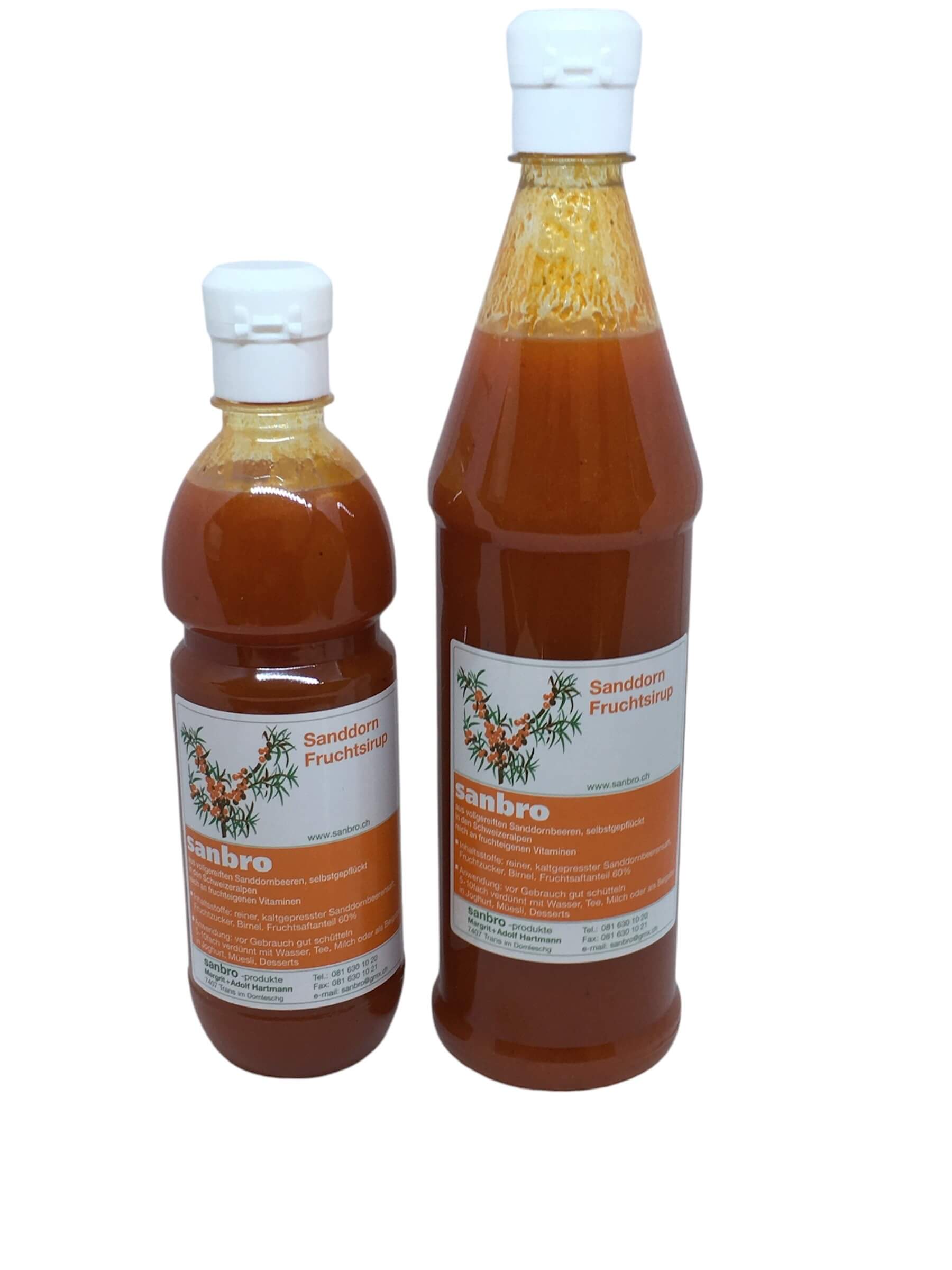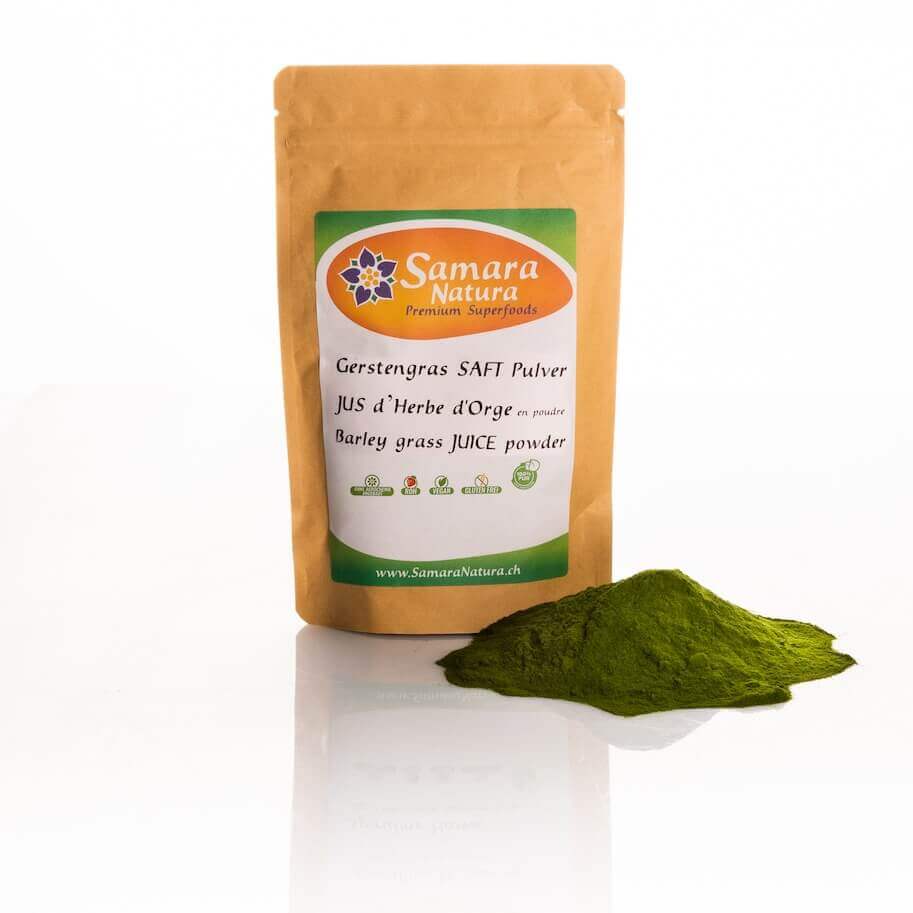| Quantity | Unit price | Base price |
|---|---|---|
| To 2 |
CHF 16.00*
|
CHF 6.40* / 100 Gramm |
| From 3 |
CHF 15.20*
|
CHF 6.08* / 100 Gramm |
Available, delivery time: 1-4 days
Product number:
100.072
Product information "Rosehip powder organic"
Organic rosehip powder
What makes our rosehip powder special?
- Our rosehip powder is made in Poland from local organic rosehips. After harvesting, the rosehips are gently dried and ground into a fine powder. The whole rosehip fruits (pulp and seeds) are processed.
- The powder has a light brown colour and tastes fruity and tart.
- Our rosehip powder is 100% pure, without any additives.
- At 34g (per 100g), it is extremely rich in fibre (dietary fibre).
- The current batch has a shelf life until at least 31 October 2025.
- The 250g bag will last for around 50 days if consumed at 5g per day (1 tsp).
Why consume rosehip powder?
- Rosehips are the fruits of various types of roses, in particular the dog rose (Rosa canina).
- The rose hip is an aggregate fruit, which is formed by the fusion of many small seeds.
- Rosehips are one of the native fruits with one of the highest vitamin C contents, making the small red berries real vitamin bombs.
- We have found that rosehips energise, build up and improve mood. It helps us to stay active and in a good mood throughout the day.
- We all know about the high health value of vitamin C, and since rosehips are available, we can completely do without artificial, synthetic forms. For people like us, who are always on the lookout for what nature has to offer, this is a blessing. The berry is 100% natural and a powerful, highly concentrated food. Due to its natural origin and in combination with other vitamins, minerals, pectins, bioflavonoids and essential fatty acids, the vitamin C contained in rose hips is better absorbed by the body than synthetic vitamin C.
How to use rosehip powder?
Mix 1-3 teaspoons daily with water or in juices and smoothies. Can also be added to tea, muesli and yoghurt.
Do not heat above 40°C to preserve the high-quality nutrients and vital substances.
Store tightly closed in a cool, dry place.
Nutritional values of rosehip powder per 100g
Energy value 289 kcal/1209 kJ
Fat 2.6g
Carbohydrates 41.9g
of which sugar 12.6
Dietary fibre 34.3g
Protein 7.4g
Salt <0.01g.
Login
